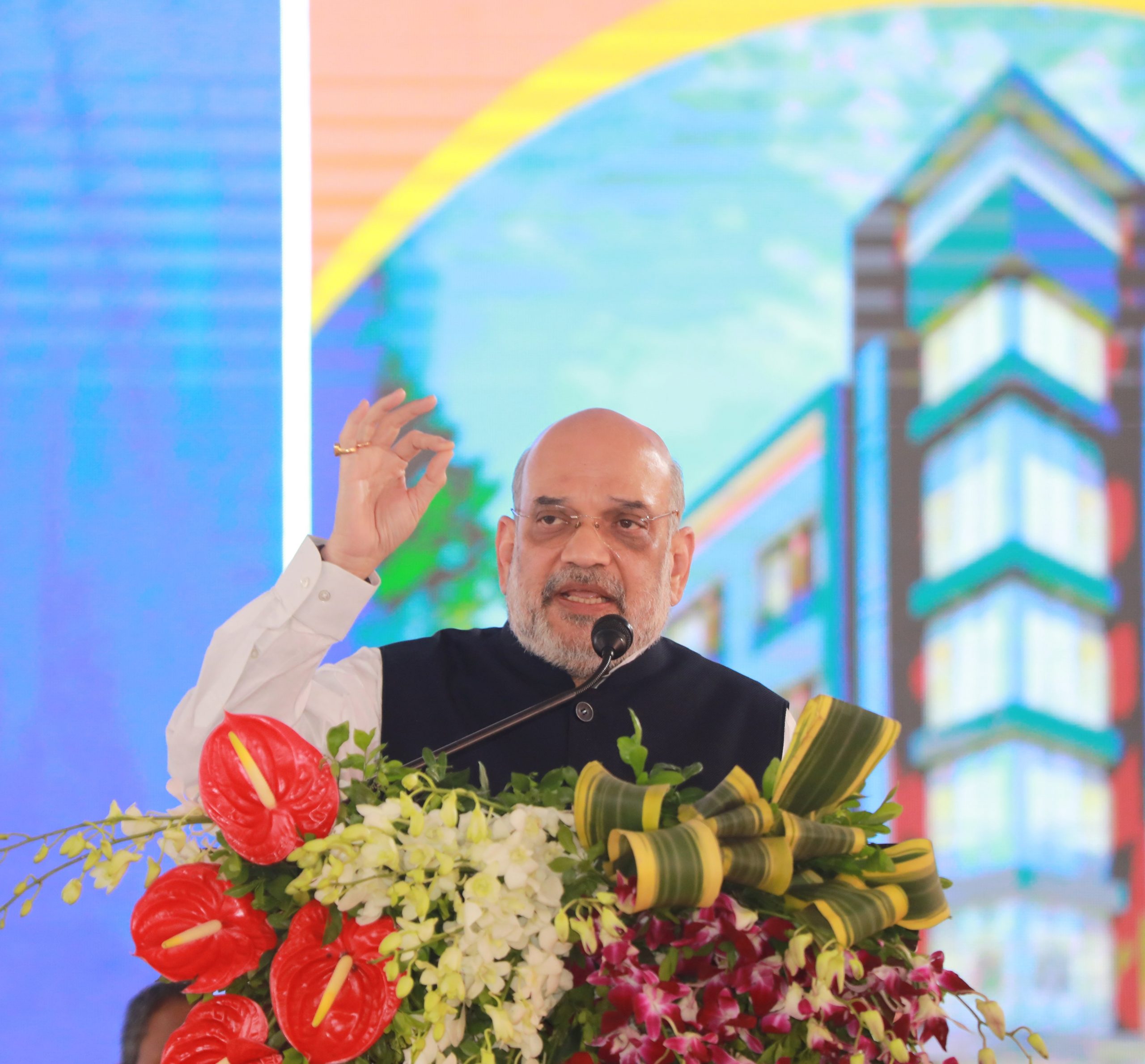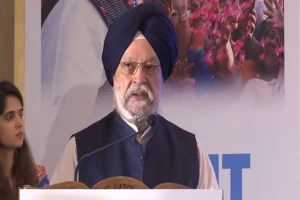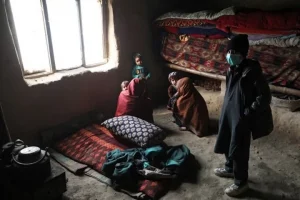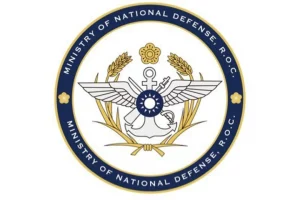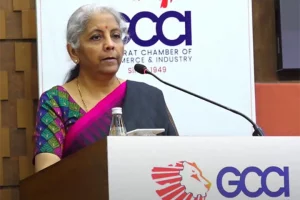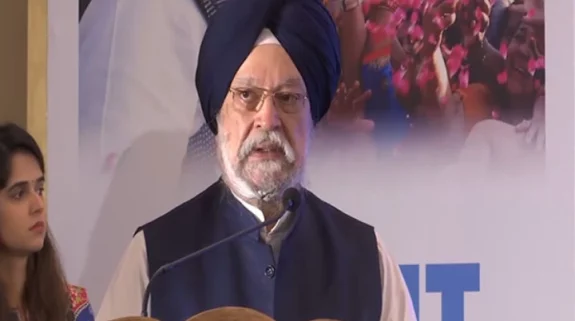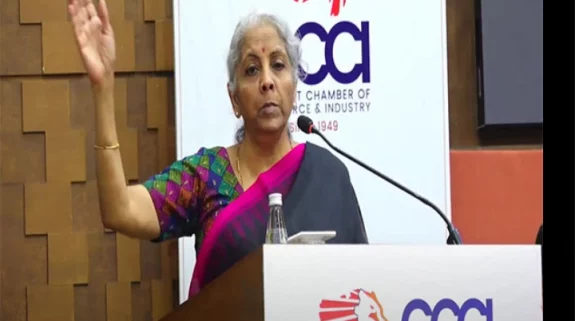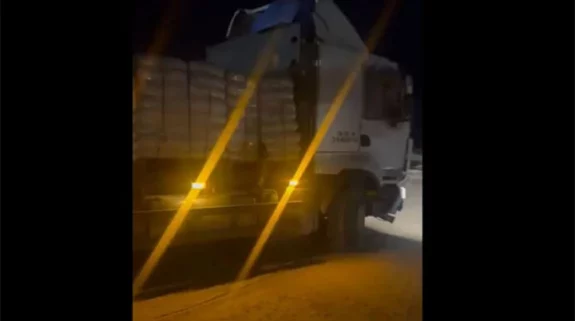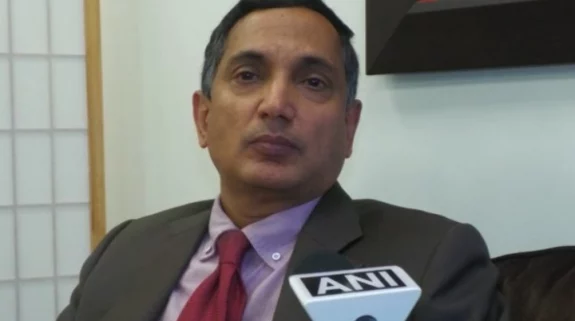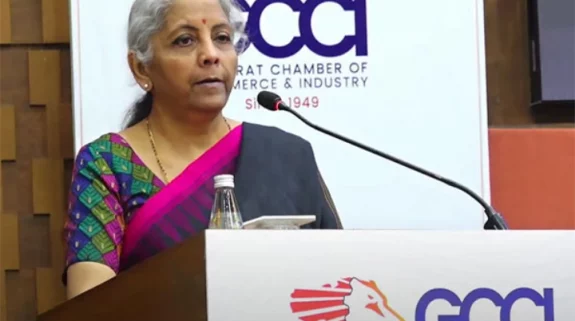The world has witnessed significant technological transformations over the last few decades. The increased use of digital platforms has made life simpler and faster. But the benefits come with serious risks to cybersecurity. Due to the borderless nature of cyberspace, the threat landscape, sophistication of methods and tools of cyber criminals and the impact of cyber attacks are constantly evolving. Moreover, terrorism and radicalism are gaining havens in cyberspace. As Prime Minister Narendra Modi said, “Cyber security is no longer limited to the digital world. It has become a matter of national security.” Cyberspace has become the new realm of warfare.
Before 2014, it was assumed that access to digital services was meant exclusively for urban and affluent households. In a revolutionary shift from the status quoist thinking, the Modi government in 2015 introduced Digital India as an umbrella concept to create ‘digital infrastructure as a fundamental service’ for every citizen. With 65 crore internet users, 114 crore mobile users, broadband infrastructure reaching more than 6 lakh villages, and number of digital transactions of more than 9,000 crore, the BJP government successfully transformed what was the prerogative of the privileged into a right-based access to all. The foundational idea behind the expansion of Digital Public Infrastructure was that if the poor can’t reach technology, then technology should reach them.
Humane application of technological advancement has always been a priority for Prime Minister Modi. He has consistently emphasized working on “internet of things,” while also keeping in mind the “emotions of things,” to ensure compassion and sensitivity in the use of technology.
For the past nine years, our government has developed a strong digital ecosystem for procurements, transferring welfare benefits, and financial inclusion. These efforts and initiatives of the Modi government have laid the groundwork for ‘Amrit Kaal,’ when India will become a $5 trillion economy and prosper to become a developed country by 2047.
But the government is also alive to the threats that come with the rapid expansion of access and is committed to protect our citizens. To ensure the safe use of the digital ecosystem and to combat cybercrime, the Ministry of Home Affairs has taken several significant steps. In the last nine years. A project for developing the technology infrastructure to combat cybercrime has been accomplished up to the level of police constables. In keeping with Modi’s approach, coordination among central-state agencies has greatly improved, outlining a uniform cyber strategy, real-time reporting of cyber-crimes, capacity building of law enforcement agencies, development of analytical tools, setting up a national network of forensic laboratories, ensuring cyber hygiene, and spreading cyber awareness to every citizen.
The Crime and Criminal Tracking Network and Systems (CCTNS) has now been integrated in all 16,447 police stations of the country. In 99.9% of police stations, 100% of FIRs are registered immediately in the CCTNS. The Interoperable Criminal Justice System (ICJS) has been initiated to expedite justice by exchanging data across courts, police, prosecution, prisons, and forensic labs.
Recently, the government approved Phase-II of ICJS which is based on the principle of ‘one data one entry’ and would be made available through a dedicated and secure cloud-based infrastructure with high-speed connectivity. Indian Cyber Crime Coordination Center (I4C) under which seven platforms like reporting portal, a cyber threat analytical unit, a cybercrime investigation task force, and a research centre works in coordination with each other. So far, more than 20 lakh cybercrime complaints have been registered on the portal, with 40,000 converted into FIRs, and 15 crore people have used this portal.
A fingerprint data system called ‘NAFIS’ has been launched, with a storage capacity of 300 crore fingerprint data. So has been the ‘1930’ helpline. More than 250 banks and financial intermediaries are onboarded on this platform, which helps in real-time actions like blocking and line-marking of defrauded money. The quick reporting system and action by the task force resulted in the recovery of over Rs 235 crore embezzled by cybercriminals from over 1.33 lakh citizens so far.
The ITSSO (Investigation Tracking System for Sexual Offences) portal was launched in 2019 to undertake real-time monitoring and management of cases of rape and POCSO. The Safe City project that aims to create a safe, secure, and empowering environment for women in public places has been introduced in eight selected cities.
The MHA is also working to promote cyber sanitation and hygiene to safeguard the most vulnerable. Our government has always adhered to the responsibility of an enabler with a ‘preventive and proactive approach’, like a grant-in-aid of about Rs 100 crore has been provided to States/UTs for setting up cyber forensic-training laboratories.
We believe cybersecurity is a collective responsibility of both the Union and State governments and, accordingly, several measures have been taken to support states enhance their cybersecurity capabilities. A Massive Open Online Courses (MOOCs) platform called the ‘CyTrain’ portal has been developed under I4C, while cell personnel have also been provided training on cryptocurrency, the dark web, anonymization networks, deep fakes, etc.
To further emphasize, the challenges of cybersecurity are evolving, and we must continue to “innovate, adopt and implement” new approaches to stay ahead of the threats. Society is evolving in the direction of a technology-driven lifestyle. We must understand this long-term transition at the micro scale to determine the appropriate policy as our goal is creating a ‘Cyber Success Society’ and not a ‘cyber failure society’.
We are presented with an opportunity to fulfill our commitment towards the twin objectives of ‘using technology with sensitivity’ and ‘ensuring public safety and security’. However, this task cannot be handled by governments alone. I appeal to citizens for commitment to awareness and alertness to ensure online safety and security. Cybersecurity is a shared responsibility and we must work together to ensure that our digital world is safe and secure for everyone.
(Shri Amit Shah is India’s Minister of Home Affairs and Minister of co-operation)
Also Read: From seabed to space, cyber to oceans – France and India now target grand security partnership






